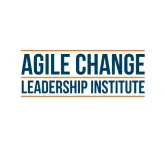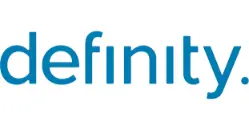One of our most important capabilities in agile change is continuous engagement!
At the core of agile change practices is the spirit of co-creation and collaboration. Agile practices are people-centric ones that promote deep engagement. Continuous engagement is incredibly important in agile change – it’s how we ensure the integrity of the change.
A shift in focus
Whereas once our engagement activity was often more about – ‘how do we socialise this idea?’ – in agile change engagement, it’s different. It’s a genuine invitation to co-build and collaboratively develop the end product or service. If you are using your engagement activities solely to smooth adoption and sign-off, you are missing the point.
To do this, we need to know who to engage.
Who do we engage?
When identifying stakeholders, it’s not only the decision makers or people directly involved in the change who we need to consider.
Look beyond the formal organisational chart and hierarchy to uncover your hidden influencers.
Informal power is often just as effective, if not more, than formal power when it comes to influence.
One way to identify who to engage is to you the concept of social architecture.
Social architecture is a concept pioneered in the change space by Belgium change practitioner Luc Galoppin. Traditionally, we looked to organisational charts that denoted the hierarchy to work out who we needed to engage with. When we consider the social architecture of an organisation we recognise that organisational change is an activity that occurs within communities and networks. Galoppin urges us to look to the white space that is between the boxes and lines of an organisational chart to understand how to make change happen. As change practitioners we need to design a social architecture to sustain our changes.
When we focus on the social architecture of the organisation we do not ignore the hierarchy. A social architecture is a balancing act that ensures that the balance of control and compliance works with trust and co-creation.
Another concept that helps us identify who to engage is the magic 3% rule.
Organisational Network Analysis company Innovisor carried out years of analysis to uncover some very interesting findings in relation to change. Their results showed that only 3% of your workforce are the KEY INFLUENCERS and have the capacity to reach over 85% of your employees.
The trick is, you need to find the right 3%!
If you do, they can build trust around your change initiative that makes it easier for your formal communication to be believed.
Knowing about ‘three percent rule” prompts us to rethink how we deliver change.
When 3% of your workforce are the key influencers with the capacity to reach over 85% of your employees, the key is to find out who they are and how to leverage their impact.
Want to know more?
Check out our whitepaper on Influencing Without Authority
Or grab a copy of our Agile Change Playbook
Or enrol in the Agile Change Manager Certificate program


































